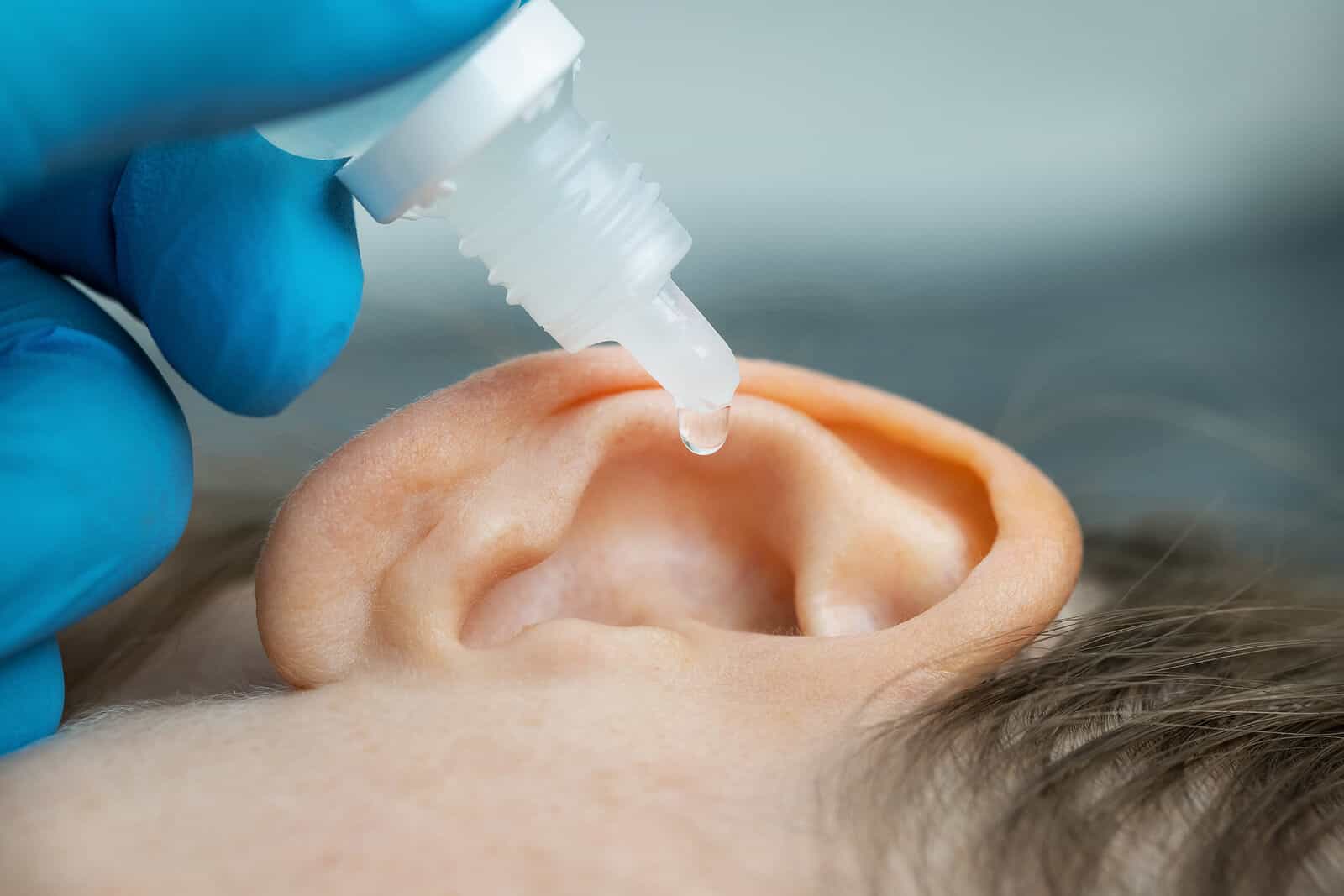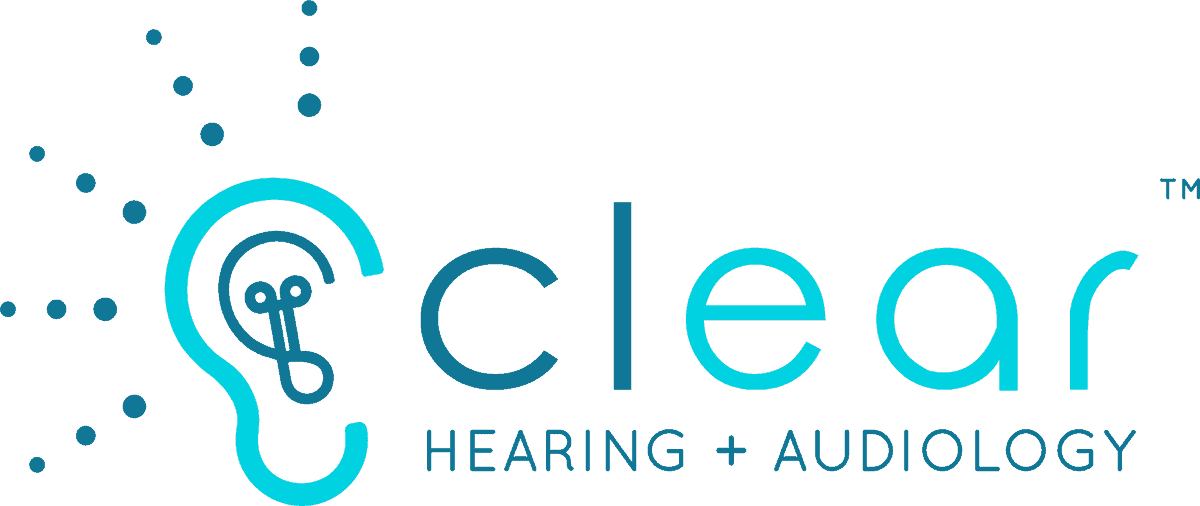
Earwax, or cerumen, is a natural part of the body’s defense system, protecting the ear canal from dirt, dust, and bacteria. However, excessive buildup can sometimes lead to blockages or discomfort, prompting the need for gentle cleaning. The key is knowing how to care for ears without causing damage.
Understanding Earwax’s Role in Ear Health
Earwax serves an important purpose. This waxy substance traps debris and slows the growth of harmful bacteria. It also acts as a natural moisturizer, preventing dryness and irritation inside the ear canal. In most cases, the body naturally expels excess earwax as part of its cleaning process.
Problems arise when the ear’s self-cleaning mechanism is disrupted. This can occur due to overuse of cotton swabs, frequent use of earbuds, or exposure to environmental factors. Being mindful of earwax’s function can help reduce unnecessary cleaning attempts.
Avoiding Harmful Practices
Some common cleaning methods, such as inserting cotton swabs, hairpins, or other objects, can push wax deeper into the ear canal. This increases the risk of impaction but may also damage sensitive eardrum tissue. Ear candles, often marketed as a natural remedy, pose additional risks, including burns and blockages.
Instead of relying on these potentially harmful techniques, it’s better to adopt safer alternatives. Ears are delicate, and treating them with care adds to maintaining hearing health.
Embracing Safer Cleaning Methods
Gentle cleaning is always the best approach. A damp washcloth can be used to clean the outer ear, removing visible dirt and wax. Avoid inserting anything into the ear canal, as this can cause more harm than good. For individuals who experience regular earwax buildup, over-the-counter ear drops designed to soften wax can be helpful.
Another effective method is irrigating the ear with warm water, but this should only be done cautiously. A bulb syringe can gently flush out excess wax, though consulting a hearing health professional beforehand is recommended.
When to Seek Professional Care
Sometimes, earwax becomes too hard or compacted to remove at home. In these cases, visiting a hearing health professional is the safest course of action. Professionals use specialized tools to clean the ears safely without causing damage.
Scheduling a hearing health exam regularly ensures that any underlying issues related to earwax buildup or hearing loss are addressed promptly. Medical professionals can also provide advice tailored to individual ear care needs.
Maintaining Daily Habits for Healthy Ears
Simple habits can go a long way in supporting ear health. Staying hydrated helps maintain natural earwax consistency while avoiding exposure to excessive dust or noise reduces irritation. Limiting the use of in-ear devices, such as earbuds, also promotes airflow in the ear canal.
Protecting ears during swimming or bathing is equally important. Water trapped in the ears can create a breeding ground for bacteria, leading to infections. Using earplugs or drying the ears thoroughly after exposure to water minimizes this risk.
Recognizing Signs of a Problem
Symptoms like persistent itching, pain, or a feeling of fullness may indicate excessive wax buildup or an underlying condition. Sudden changes in hearing, ringing in the ears, or dizziness also warrant a visit to a hearing health professional.
Addressing these issues promptly prevents complications and contributes to overall hearing health. Regular hearing health exams are key in identifying and resolving concerns early, safeguarding long-term auditory function.
